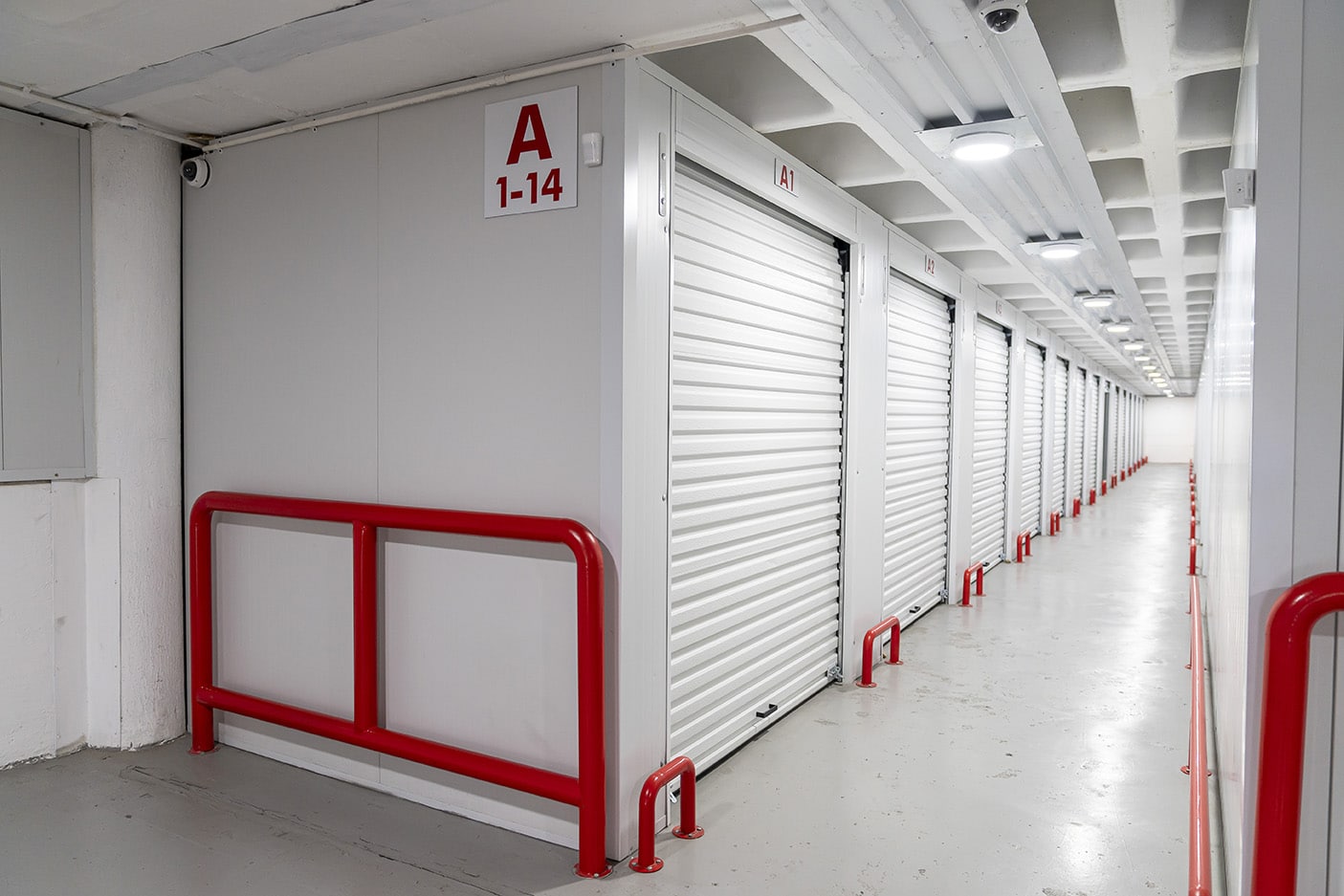Many businesses have storage facility needs, some more than others. If you run a business and require storage facilities for anything from files and archived documents to equipment and furniture or business stock, it is vital that you choose the right solution for your needs.
Among the options that you can consider is micro warehousing, and some businesses find that this is a suitable alternative to traditional storage. When it comes to micro warehousing vs. traditional storage for business, you need to consider the pros and cons of both in order to make an informed decision.
What is Micro Warehousing?
The first thing you need to know in order to make an informed decision is what micro warehousing is. For e-commerce businesses that supply goods to customers, finding the right storage facility is vital, and this means finding one where orders can be fulfilled and goods shipped with speed and efficiency.
Micro warehouses are essentially a fulfilment ecosystem that is separate from main warehouses. They can be located in various key places, such as shopping centres, and they can make the fulfilment of orders far quicker, more efficient, and far more convenient. This is something that then benefits the business as well as the customers.
What Is the Traditional Warehousing Strategy?
The traditional warehousing strategy has been around for years and involves the use of main warehouses for business inventory, stock, and equipment. With this type of strategy, businesses have a simple and convenient method of storing inventory until it needs to be shipped out, and it means that there are people who can then fulfil the orders as and when they come in.
The Pros and Cons of Micro Warehousing
There are various pros and cons connected to micro-warehouses, and it is important to take all of these into consideration when it comes to making your decision. Some of the main ones are:
Pros
Greater speed and cost-efficiency: with this method, you can benefit from faster delivery and fulfilment of orders and far greater cost-efficiency. These are benefits that are crucial to e-commerce businesses these days.
Another benefit of this method is that there is a far lower risk of errors, as these methods use automation, which equates to much lower error rates. This will then save your business time, money, and embarrassment.
Splitting inventory: One of the other things to keep in mind is that this method enables you to split your inventory with far greater ease across different locations and channels. This means greater convenience and ease for your business as well as for your customers.
Cons
Expense of automation: It is important to keep in mind that the cost of automated processes can be high, and this can affect your outgoings as a business. So, it is important to take the cost into consideration when weighing up the pros and cons.
You must also keep in mind that this method might not be suitable for all types of products because of the automation used. For things such as very heavy and bulky items, there may be too much wear and tear on machinery for this to be a viable option.
Types of Traditional Storage
You can also consider different types of traditional storage solutions for your business. This includes:
Traditional Warehouses: One of the options is to consider traditional warehousing for the storage of inventory and fulfilment of orders. These are mainly man-operated rather than automated, and businesses have been using them for years. So, what can you store in traditional storage? Well, you can store pretty much all sorts of items, including bigger and bulkier ones, as long as there is manpower available to deal with the delivery of these rather than automated equipment that cannot deal with them.
Self-Storage: Self-storage is another option, and this is perfect for e-commerce businesses that have small items that form part of their inventory. You have more control, and basically have a place to keep your stock and then access it with ease as and when you need to fulfil orders. This is a very cost-effective solution for smaller e-commerce businesses that deal with lower levels of stock and smaller items. It is a solution that has been used for many years and provides a great way to store your stock safely while still being able to access it with ease.
Conclusion
So, as an e-commerce business, you need to determine what sort of storage and fulfilment options are best suited to your specific needs. As you can see, there are various options that you can consider. One thing to keep in mind is that the best option for your needs will depend on the types of products you need to store and ship to customers.

